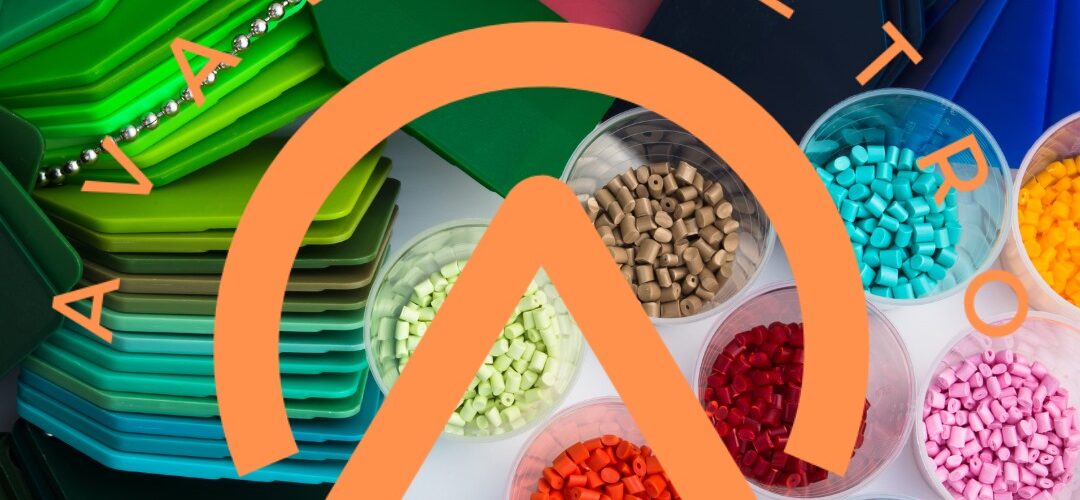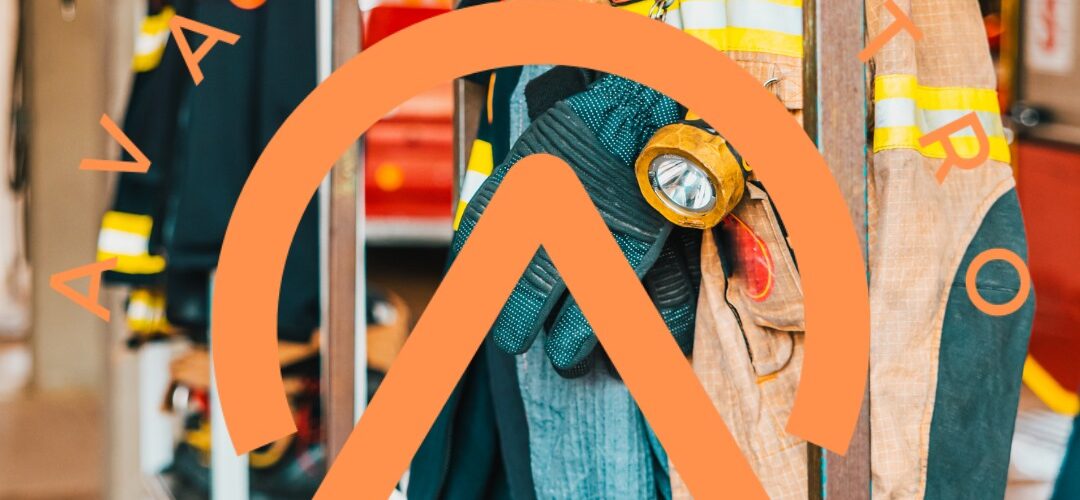Understanding Polymer Materials Classification
Polymer materials play a pivotal role in various industries, from manufacturing to healthcare. Understanding the classification of these materials is crucial for engineers, scientists, and professionals working in diverse fields. In this comprehensive guide, we delve into the intricacies of polymer materials classification to provide you with a detailed understanding.
Introduction to Polymer Materials
Polymer materials are large molecules composed of repeating structural units, also known as monomers. These long-chain molecules exhibit unique properties, making them versatile for a wide range of applications. The classification of polymer materials is based on their structure, properties, and the mechanisms involved in their synthesis.
Chemical Structure Classification
Homopolymers consist of identical repeating units, offering a uniform and straightforward chemical structure. The consistent arrangement of monomers contributes to predictable properties, making homopolymers suitable for specific applications where uniformity is essential.
Copolymers, on the other hand, are composed of two or more different types of monomers. This diverse arrangement provides copolymers with a broader range of properties, allowing for customization based on specific application requirements. The combination of different monomers enhances the overall performance and versatility of copolymer materials.
Block copolymers exhibit distinct blocks of homopolymer sequences within their structure. This unique arrangement imparts both the properties of homopolymers and copolymers, leading to enhanced material characteristics. Block copolymers find applications in advanced materials, such as in the development of self-assembling structures.
Polymerization Mechanism Classification
Addition polymerization involves the sequential addition of monomers, leading to the growth of a polymer chain. This mechanism results in high purity and well-defined polymers. Common examples of addition polymers include polyethylene and polypropylene, widely used in the production of packaging materials.
Condensation polymerization involves the elimination of small molecules, typically water or alcohol, during the polymerization process. This mechanism leads to the formation of ester or amide linkages in the polymer chain. Polyester and nylon are examples of polymers produced through condensation polymerization, offering unique properties such as durability and flexibility.
Physical Properties Classification
Thermoplastics can undergo repeated heating and cooling cycles without significant degradation. This class of polymers includes materials like polyethylene and polypropylene, commonly used in the production of plastic products and packaging.
Thermosetting polymers undergo irreversible chemical changes upon heating, resulting in a rigid and stable structure. These polymers find applications in industries where dimensional stability and resistance to high temperatures are crucial, such as in the production of electronic components.
Application-Based Classification
Engineering polymers are designed to meet specific performance requirements, making them suitable for demanding applications in industries like automotive, aerospace, and electronics. Examples include polycarbonate and polyamide, known for their high mechanical strength and heat resistance.
Biodegradable polymers aim to address environmental concerns by breaking down naturally over time. These polymers find applications in sustainable packaging and medical implants. Polylactic acid (PLA) is a notable example of a biodegradable polymer.
Conclusion
In conclusion, the classification of polymer materials is a nuanced process that considers various factors, including chemical structure, polymerization mechanism, physical properties, and applications. A comprehensive understanding of these classifications is essential for selecting the right materials for specific purposes, ensuring optimal performance and efficiency in diverse industries.
Written by Emir Narin


